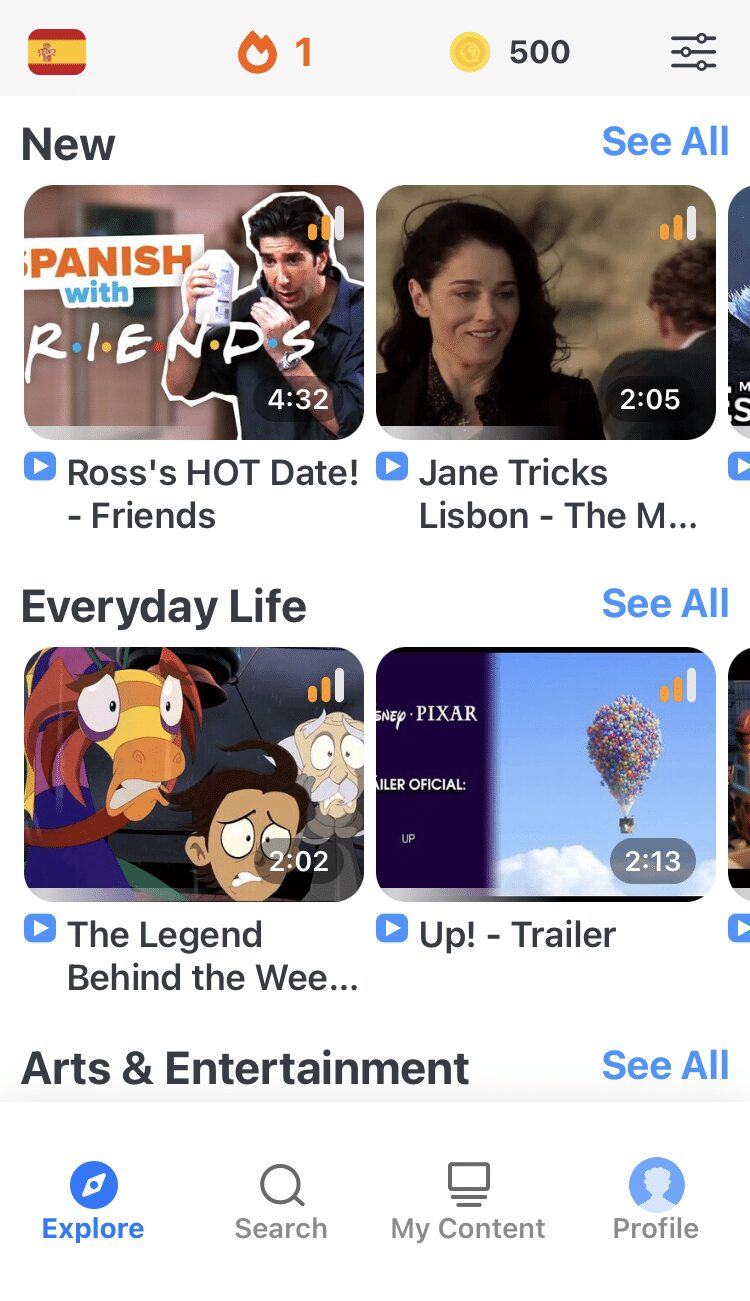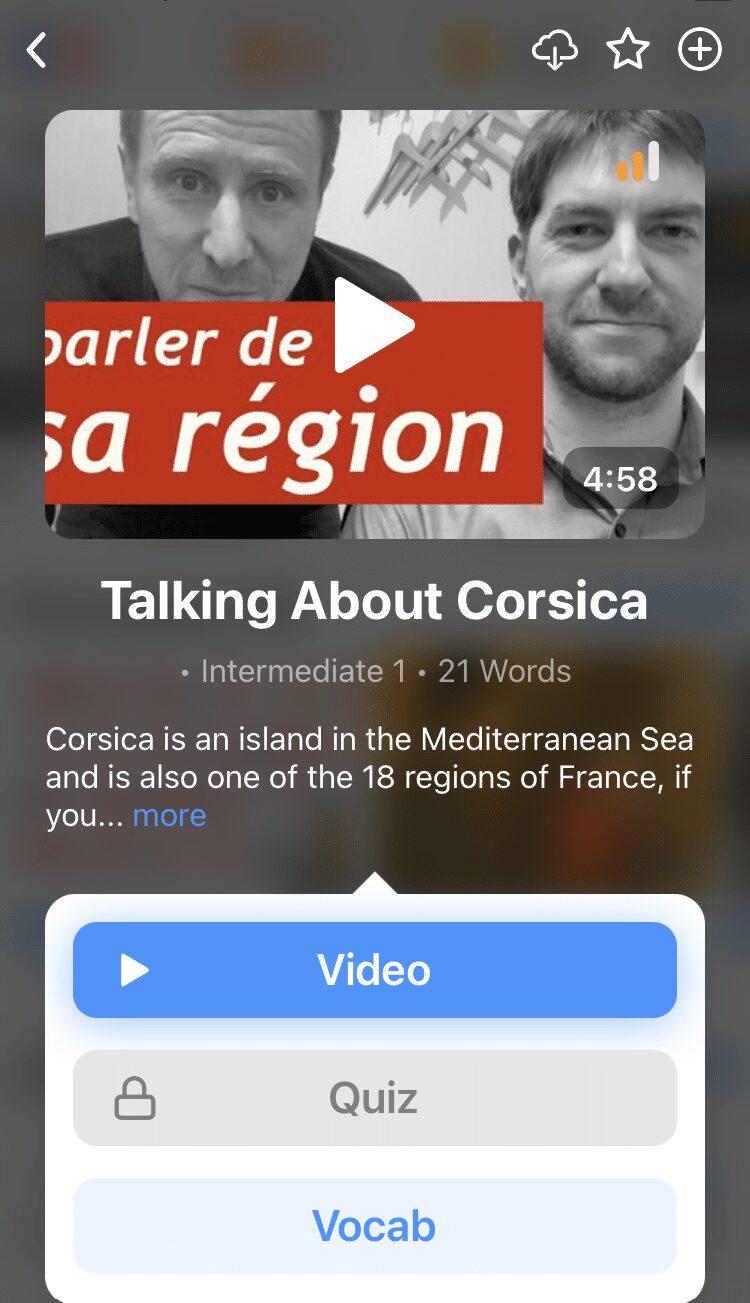How to Learn a New Alphabet in a Foreign Language

Learning an alphabet is an exciting and crucial step in your path to learning a new language, but it’s okay to be nervous about learning a completely foreign-looking script. Even familiar-looking languages that use Latin letters can be intimidating.
However, learning a new alphabet doesn’t have to be overwhelming. Here are six tips and tricks for how to learn a new alphabet to make it as easy as ABC.
Download: This blog post is available as a convenient and portable PDF that you can take anywhere. Click here to get a copy. (Download)
1. Study a Few Letters at a Time
Whether you’re learning Korean, Spanish or something else, trying to study a whole new alphabet at once might be biting off more than you can chew. If you break it down into small chunks, though, it’s easily digestible.
There are two main ways you might do this:
- Learn in order. Start at the beginning of the alphabet and learn the first three or four letters. The next time you study, work on the next three or four letters. Continue doing this until you’ve learned the whole alphabet.
- Group similar letters. In one study session, you might choose to focus exclusively on vowels. In the next session, you might work on a group of consonants that sound similar to each other.
If you’re learning a language that uses a different script, you might even group letters based on which ones look similar to you. This way, you can pay particular attention to distinguishing between similar-looking letters so that you don’t mistake them for each other down the road.
Regardless of how you break the letters into groups, focusing on just a few letters at a time is an easy and painless way to start learning a new alphabet without getting totally overwhelmed.
2. Use Mnemonic Devices for Letter Shapes
If your target language is something like Japanese or Russian and uses a script you’re unfamiliar with, memorizing the alphabet can be exceptionally hard.
Luckily, using mnemonic devices to learn letter shapes is a fun, easy way to memorize even the most challenging alphabets.
A mnemonic device is any technique or trick you use to remember something. For instance, ROYGBIV helps you remember the order of colors within rainbows.
Similarly, mnemonic devices can be used to help you learn a new alphabet.
One helpful way to learn letters in an unfamiliar script is to associate those letters with images. If you consider the letter a tiny drawing, you’ll have an easier time recognizing it when you see it again. For instance, the Russian letter ю has always reminded me of a tiny fish.
What do letters in your target language look like to you?
3. Practice Writing with Familiar Words
Think of words you know in your native language. Then, sound those words out using letters in your target language.
I wouldn’t recommend this as a long-term study method, but it’s a really quick and simple way to get used to a new alphabet when you’re first learning it.
Not only will this practice help you associate the letters with the sounds they make, it will also make you feel like a spy preparing a secret message. Just try not to do an unnecessary backwards somersault to exit the room after.
4. Listen to the Alphabet Song
Perhaps there’s a well-known alphabet song in your target language, like there is in English.
But even if there isn’t, chances are strong that someone has made up an alphabet song. Listening to such songs is incredibly useful because it’s often easier to remember material that’s put to music. That’s why you still know all the lyrics to “Call Me Maybe.”
Luckily, you can use this phenomenon for more than just karaoke. It can help you learn a new alphabet quickly and efficiently.
And when it comes to alphabet songs, YouTube is a treasure trove of options. You might try:
- An Arabic alphabet song
- A Chinese pinyin song
- A Japanese alphabet song
- A Korean alphabet song
- A Russian alphabet song
And there are countless others. Simply searching your target language and “alphabet song” will likely produce several options for you to choose from. You might even try listening to a few different ones so you can hear all the letters in different contexts.
5. Memorize and Visualize the Characters
Let’s be real. The more you learn, the less likely you are to need to know the alphabet in order. After all, no one is going to come up to you on the street and insist you recite the French alphabet.
While having a general idea of alphabetical order will certainly help you look up words in a dictionary, knowing the exact order isn’t always essential.
That being said, when you’re first learning the alphabet, it’s incredibly helpful to memorize it in order.
You can easily practice by repeating it to yourself on your way to work or school, in the shower or while waiting in line somewhere.
Another great tip is to visualize the letters as you go through the alphabet. This helps you reinforce your ability to identify the written letter, your ability to associate the letter name with the letter and your ability to connect sounds to letters.
That’s a lot of extra studying you can pack into any spare minute!
6. Write the Letters Down
In the internet era, it can be easy to overlook the value of writing down information.
However, the act of writing down letters can help you remember them better. One study suggests that taking notes on a laptop rather than on paper actually hinders retention.
Writing out your new alphabet by hand, however, means you’re actively using and interacting with the language, which is generally more useful for learning any material than simply reading it.
It also helps that there are plenty of ways to practice writing letters.
For instance, when you first learn the alphabet, you can create your own handy guide by writing down all the letters along with the sounds they make. Then, whenever you have a few extra minutes, you can use your guide to rewrite the letters as further practice.
You might find your new alphabet cropping up on scraps of paper all over the place, or you can keep a notebook strictly for writing practice. If you’re learning a few letters at a time, be sure to jot down each set after you’ve studied them. The more you write them, the better, so aim for 15 to 20 repetitions each time.
Once you’ve learned the whole alphabet, try writing it down in its entirety every day or two as you say the letters aloud. This is a great way to reinforce what you’ve learned and help you connect the written and spoken forms.
Why and Where to Learn a New Alphabet
There are a lot of resources out there that aim to teach students a new language without the hassle of using that language’s alphabet. This is done through transliterations and/or exclusively oral language practice.
However, learning a new alphabet is valuable. Knowing the alphabet of your target language:
- Makes pronunciation easier. Transliterations are sometimes difficult to interpret. The native alphabet makes it easier to determine the pronunciation by simply looking at a word.
- Allows you to read. Even with very basic knowledge of the alphabet and very little vocabulary, you can start sounding out words. Eventually, if you stick with it, you’ll even be able to consume native content.
- Enables you to use a dictionary. You need to know the letters and their order for this, which makes learning new vocabulary much simpler.
So even if it seems intimidating, knowing the foundations of your target language’s script is incredibly rewarding—and probably easier than you think!
Though I mentioned some already, you can learn the alphabets of many major languages at the following links:
Once you’ve sort of got the basics down, I highly recommend adding in some guided practice with your target language itself, perhaps with a program such as FluentU.
FluentU takes authentic videos—like music videos, movie trailers, news and inspiring talks—and turns them into personalized language learning lessons.
You can try FluentU for free for 2 weeks. Check out the website or download the iOS app or Android app.
P.S. Click here to take advantage of our current sale! (Expires at the end of this month.)
With these tips and tricks on how to learn a new alphabet, you’ll soon find that foreign script looking as simple as ABC.
So, go ahead and master that language’s alphabet—kindergarten style!
Download: This blog post is available as a convenient and portable PDF that you can take anywhere. Click here to get a copy. (Download)
And One More Thing...
If you dig the idea of learning on your own time from the comfort of your smart device with real-life authentic language content, you'll love using FluentU.
With FluentU, you'll learn real languages—as they're spoken by native speakers. FluentU has a wide variety of videos as you can see here:
With FluentU's Chrome extension, you can bring interactive learning tools directly to YouTube or Netflix, and even import your favorite YouTube videos directly into your FluentU account.
FluentU has interactive captions that let you tap on any word to see an image, definition, audio and useful examples. Now native language content is within reach with interactive transcripts.
Didn't catch something? Go back and listen again. Missed a word? Hover your mouse over the subtitles to instantly view definitions.
You can learn all the vocabulary in any video with FluentU's "learn mode." Swipe left or right to see more examples for the word you’re learning.
And FluentU always keeps track of vocabulary that you’re learning. It gives you extra practice with difficult words—and reminds you when it’s time to review what you’ve learned. You get a truly personalized experience.
Start using the FluentU website on your computer or tablet or, better yet, download the FluentU app from the iTunes or Google Play store. Click here to take advantage of our current sale! (Expires at the end of this month.)











